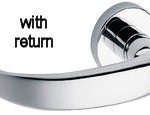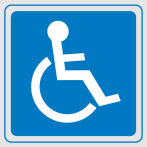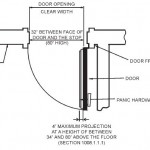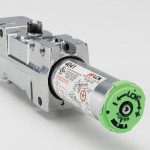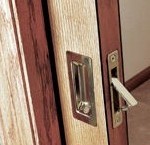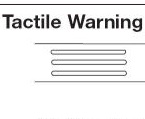Lever Return
I originally published the post below in May 0f 2009, but I'm trying to gather some information so I've pulled it up to the front again. Please take a moment to answer the quick survey about lever return in your area. Thanks!Click here to take a quick survey.//

